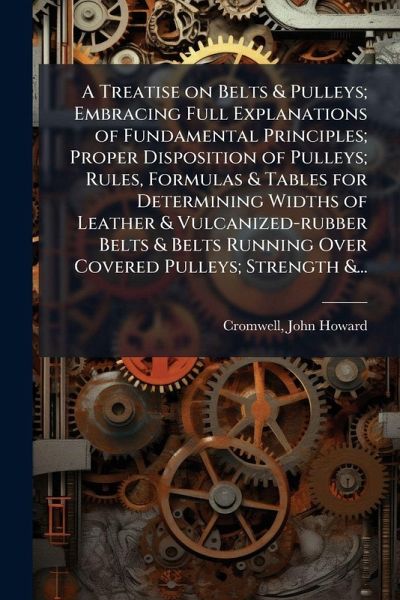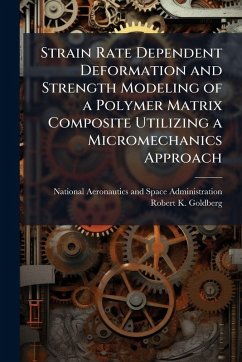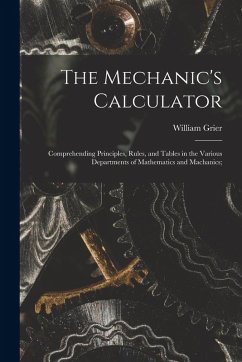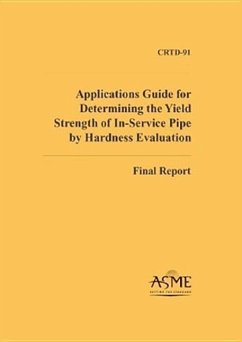
A Treatise on Belts & Pulleys; Embracing Full Explanations of Fundamental Principles; Proper Disposition of Pulleys; Rules, Formulas & Tables for Determining Widths of Leather & Vulcanized-rubber Belts & Belts Running Over Covered Pulleys; Strength &...
Versandkostenfrei!
Versandfertig in über 4 Wochen
23,99 €
inkl. MwSt.

PAYBACK Punkte
12 °P sammeln!
"A Treatise on Belts & Pulleys" by John Howard Cromwell, originally published in 1903, is a comprehensive guide to the principles and practices of belt and pulley systems. This detailed work covers the fundamental concepts essential for understanding power transmission through belts and pulleys, offering thorough explanations and practical applications. Cromwell delves into the proper arrangement of pulleys, providing readers with insights into optimal configurations for various mechanical setups. The treatise includes invaluable rules, formulas, and tables for determining the appropriate widt...
"A Treatise on Belts & Pulleys" by John Howard Cromwell, originally published in 1903, is a comprehensive guide to the principles and practices of belt and pulley systems. This detailed work covers the fundamental concepts essential for understanding power transmission through belts and pulleys, offering thorough explanations and practical applications. Cromwell delves into the proper arrangement of pulleys, providing readers with insights into optimal configurations for various mechanical setups. The treatise includes invaluable rules, formulas, and tables for determining the appropriate widths of leather and vulcanized-rubber belts, as well as belts running over covered pulleys. It also examines the strength and durability of different belt materials, making it an essential resource for engineers and technicians involved in industrial mechanics. This book serves as a historical reference, offering insights into early 20th-century engineering practices. This work has been selected by scholars as being culturally important, and is part of the knowledge base of civilization as we know it. This work was reproduced from the original artifact, and remains as true to the original work as possible. Therefore, you will see the original copyright references, library stamps (as most of these works have been housed in our most important libraries around the world), and other notations in the work. This work is in the public domain in the United States of America, and possibly other nations. Within the United States, you may freely copy and distribute this work, as no entity (individual or corporate) has a copyright on the body of the work. As a reproduction of a historical artifact, this work may contain missing or blurred pages, poor pictures, errant marks, etc. Scholars believe, and we concur, that this work is important enough to be preserved, reproduced, and made generally available to the public. We appreciate your support of the preservation process, and thank you for being an important part of keeping this knowledge alive and relevant.












